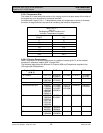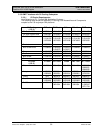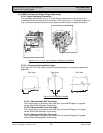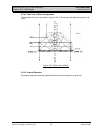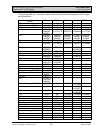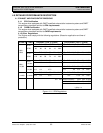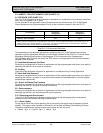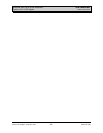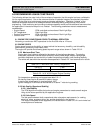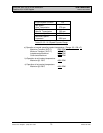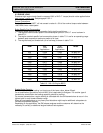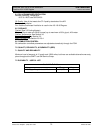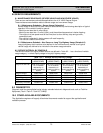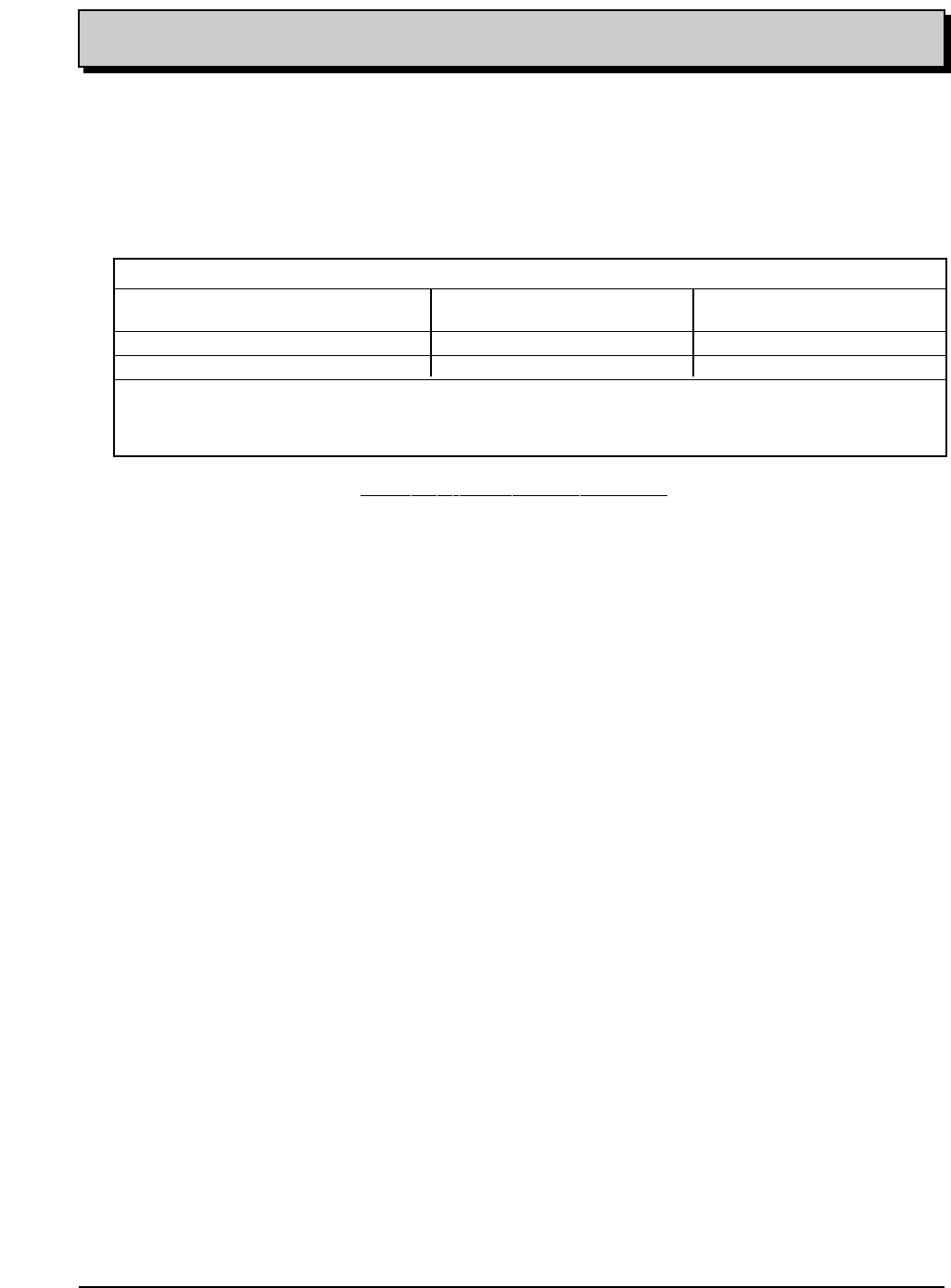
ENGINE APPLICATION MANUAL GM Powertrain
Gasoline 4.3L V6 90 Degree Revised: 08/15/2000
File: c:\data\manuales\v6-truck\am43v6#3.doc
Contact:Luis Nespolo - (248) 857-1558 Printed: 8/15/00
66
5.3 HUMIDITY, RELATIVE HUMIDITY (SEE CHART 5.2-I)
5.4 PRESSURE (SEE CHART 5.2-I)
The 4.3L V6 90 Degree Engine shall be able to withstand any combination of environment conditions
that it may be exposed to in 10 years.
For the purpose of this application manual the environment is defined as the 4.3L V6 90 Degree
Engine exposed during the percentage of his life to the conditions showed in the chart 5.2.1-I.
Chart 6.2.1-I Environment Definitions
The temperature of the different Subsystems configuring the 4.3L V6 90 Degree Engine during
operation might be appreciable different from the values indicated in the Chart 5.2.1-I but will never
jeopardize the engine performance .See paragraph 5.2 for component max. temperatures.
The GM Application Engineer will define the TBD values in correspondence with the test procedure
adopted by the customer.
5.5 Underhood/Underbody Car Wash
No actual or projected loss of function or performance of the engine system shall occur as a result of
operating the vehicle in a car wash environment.
5.6 Fording
Consult the GM Application Engineer for application in conditions during Fording Operations.
5.7 Sand And Dust Exposure
No actual or projected loss of function or performance of the engine system shall occur as a result of
operating the vehicle in a sandy or dusty environment when the recommended air induction system
maintenance is performed.
5.8 Gravel And Stone Chip Exposure
No actual or projected loss of function or performance of the engine system shall occur as a result of
operating the vehicle in a gravel and stone environment.
5.9 Ozone exposure
No actual or projected loss of function or performance of the engine system shall occur as a result of
operating the vehicle in an environment with ozone exposure.
5.10 Electromagnetic Environment
The 4.3L V6 90 Degree Engine System is tested to ensure that electromagnetic environmental
conditions would not interfere with engine performance.
5.11 Shock, Impact
During the course of the normal operating life of the vehicle, the engine may be exposed to shock
loading. The engine, when installed in the vehicle, will be able to withstand the following G forces.
These are considered as random singular occurrences and are not cyclic.
a. Vertical - 2g’s, b. Fore-Aft - 6g’s, c. Lateral - 2g’s.
Table : 5.2.1-I Temperature Operating Environment
Functionality Minimum Maximum
Temperature Temperature
Operate, Start Unassisted -20 F 120 F
Operate, Start Assisted
(1)
-40 F 135 F
(1) Assisted starts in the -20 to -40 degree Fahrenheit range shall be interpreted as meaning that the vehicle must start
under the defined condition with use of appropriate aids such as an RPO engine block heater, reduced viscosity oil, an
auxiliary battery and or battery blanket(s). In the 120 to 135 degree Fahrenheit range an assisted start is defined as
permitting a hot engine to cool down to a level at which it will restart.



